Angular - The Complete Guide (2024 Edition)
Loại khoá học: Web Development
Master Angular (formerly "Angular 2") and build awesome, reactive web apps with the successor of Angular.js
Mô tả
Join the most comprehensive and bestselling Angular course on Udemy and learn all about this amazing framework from the ground up, in great depth!
This course starts from scratch, you neither need to know Angular 1 nor Angular 2!
From Setup to Deployment, this course covers it all! You'll learn all about Components, Directives, Services, Forms, Http Access, Authentication, Optimizing an Angular App with Modules and Offline Compilation and much more - and in the end: You'll learn how to deploy an application!
But that's not all! This course will also show you how to use the Angular CLI and feature a complete project, which allows you to practice the things learned throughout the course!
And if you do get stuck, you benefit from an extremely fast and friendly support - both via direct messaging or discussion. You have my word! ;-)
Angular is one of the most modern, performance-efficient and powerful frontend frameworks you can learn as of today. It allows you to build great web apps which offer awesome user experiences! Learn all the fundamentals you need to know to get started developing Angular applications right away.
Hear what my students have to say
Absolutely fantastic tutorial series. I cannot thank you enough. The quality is first class and your presentational skills are second to none. Keep up this excellent work. You really rock! - Paul Whitehouse
The instructor, Max, is very enthusiastic and engaging. He does a great job of explaining what he's doing and why rather than having students just mimic his coding. Max was also very responsive to questions. I would recommend this course and any others that he offers. Thanks, Max!
As a person new to both JavaScript and Angular 2 I found this course extremely helpful because Max does a great job of explaining all the important concepts behind the code. Max has a great teaching ability to focus on what his audience needs to understand.
This Course uses TypeScript
TypeScript is the main language used by the official Angular team and the language you'll mostly see in Angular tutorials. It's a superset to JavaScript and makes writing Angular apps really easy. Using it ensures, that you will have the best possible preparation for creating Angular apps. Check out the free videos for more information.
TypeScript knowledge is, however, not required - basic JavaScript knowledge is enough.
Why Angular?
Angular is the next big deal. Being the successor of the overwhelmingly successful Angular.js framework it’s bound to shape the future of frontend development in a similar way. The powerful features and capabilities of Angular allow you to create complex, customizable, modern, responsive and user friendly web applications.
Angular is faster than Angular 1 and offers a much more flexible and modular development approach. After taking this course you’ll be able to fully take advantage of all those features and start developing awesome applications immediately.
Due to the drastic differences between Angular 1 and Angular (= Angular 2+) you don’t need to know anything about Angular.js to be able to benefit from this course and build your futures projects with Angular.
Get a very deep understanding of how to create Angular applications
This course will teach you all the fundamentals about modules, directives, components, databinding, routing, HTTP access and much more! We will take a lot of deep dives and each section is backed up with a real project. All examples showcase the features Angular offers and how to apply them correctly.
Specifically you will learn:
Which architecture Angular uses
How to use TypeScript to write Angular applications
All about directives and components, including the creation of custom directives/ components
How databinding works
All about routing and handling navigation
What pipes are and how to use them
How to send HTTP requests (e.g. to REST APIs)
What dependency injection is and how to use it
How to use modules in Angular
How to optimize your (bigger) Angular applications
An introduction to NgRx and complex state management
We will build a major project in this course so that you can practice all concepts
And so much more!
Pay once, benefit a lifetime!
Don’t lose any time, gain an edge and start developing now!
Bạn sẽ học được gì
Develop modern, complex, responsive and scalable web applications with Angular
Fully understand the architecture behind an Angular application and how to use it
Use the gained, deep understanding of the Angular fundamentals to quickly establish yourself as a frontend developer
Create single-page applications with one of the most modern JavaScript frameworks out there
Yêu cầu
- NO Angular 1 or Angular 2+ knowledge is required!
- Basic HTML and CSS knowledge helps, but isn't a must-have
- Prior TypeScript knowledge also helps but isn't necessary to benefit from this course
- Basic JavaScript knowledge is required
Nội dung khoá học
Viết Bình Luận
Khoá học liên quan

Đăng ký get khoá học Udemy - Unica - Gitiho giá chỉ 50k!
Get khoá học giá rẻ ngay trước khi bị fix.

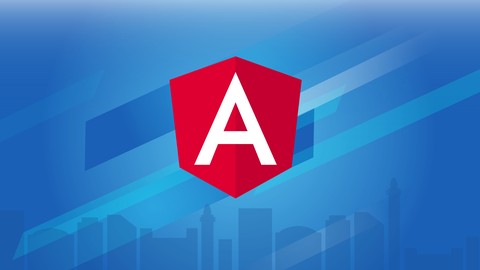
![[NEW] Spring Boot 3, Spring 6 & Hibernate for Beginners](/uploads/courses/udemy/647428_be28_10.jpg)
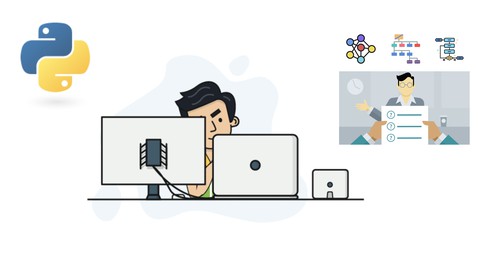
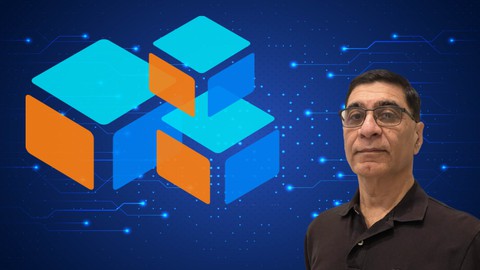
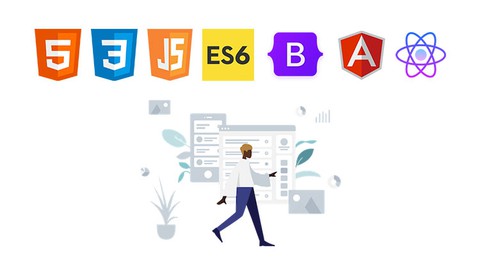








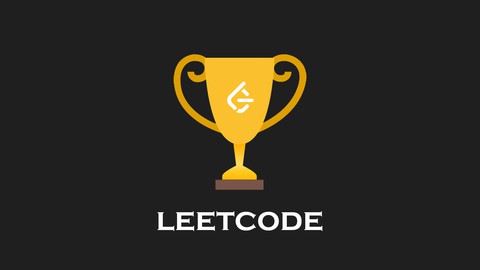

![[NEW] Building Microservices with Spring Boot & Spring Cloud](/uploads/courses/udemy/4923018_c5b4_2.jpg)
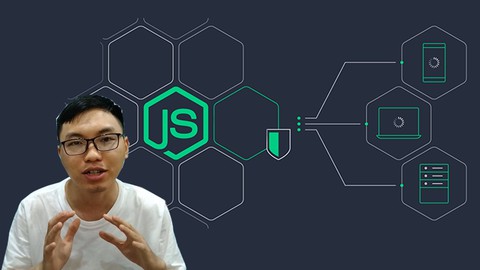
Đánh giá của học viên
Bình luận khách hàng